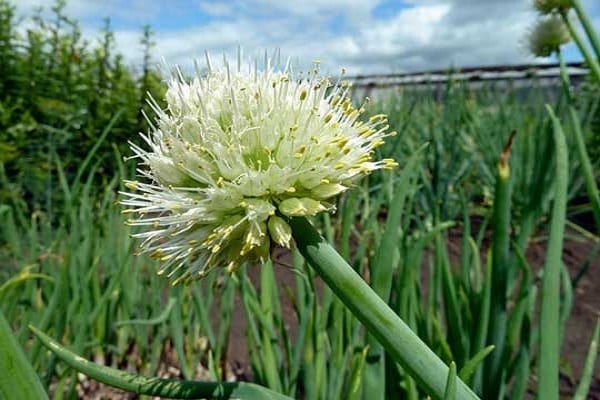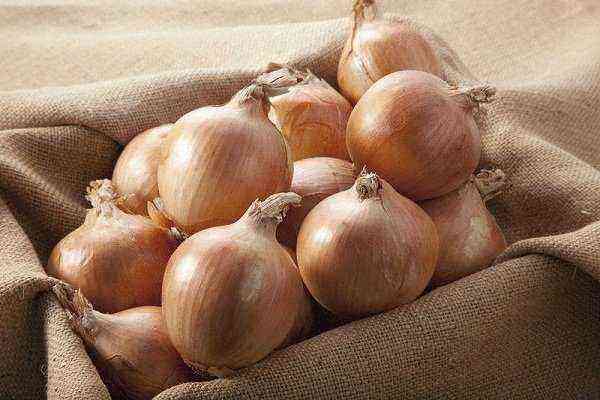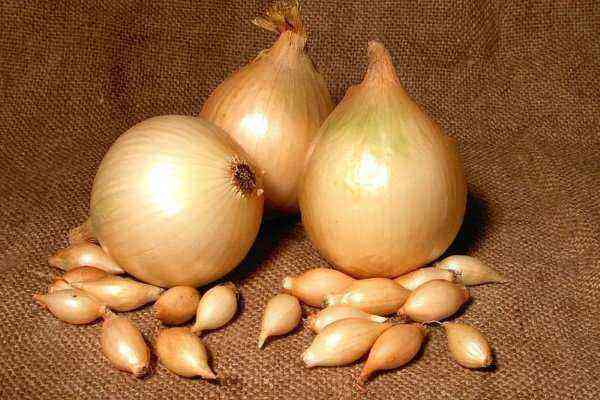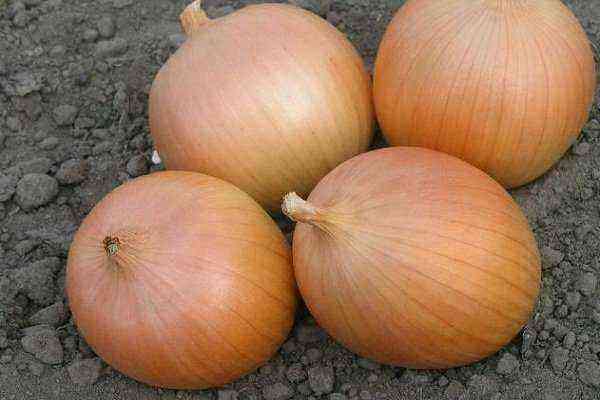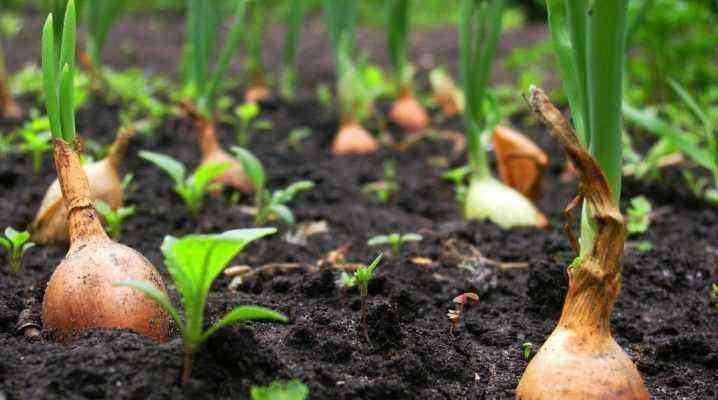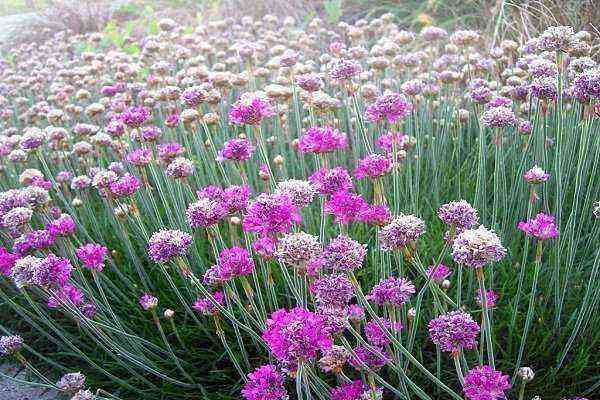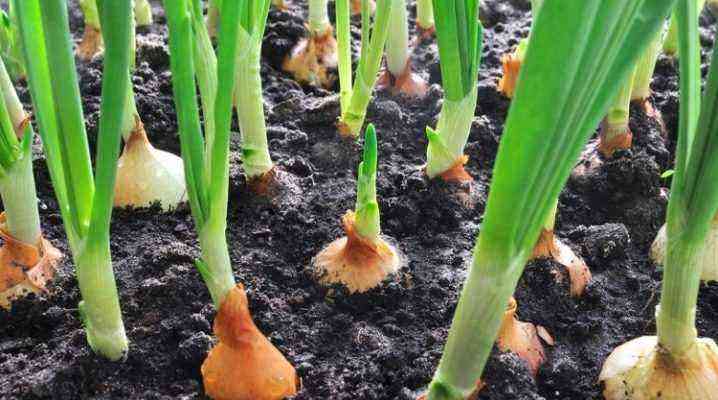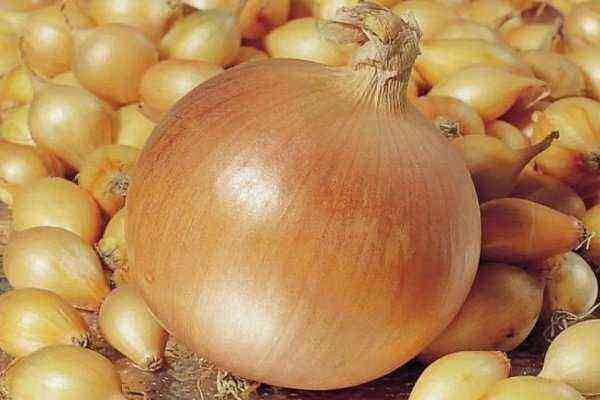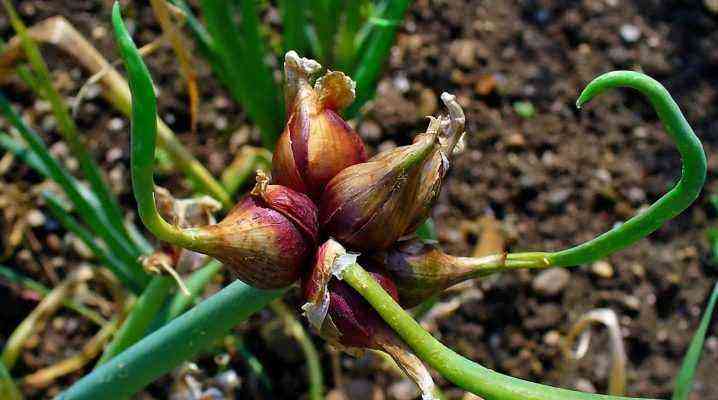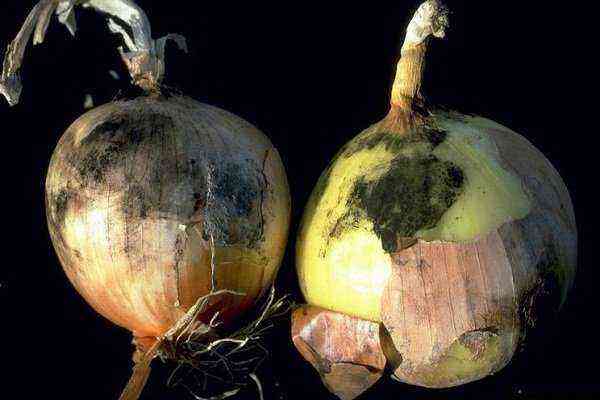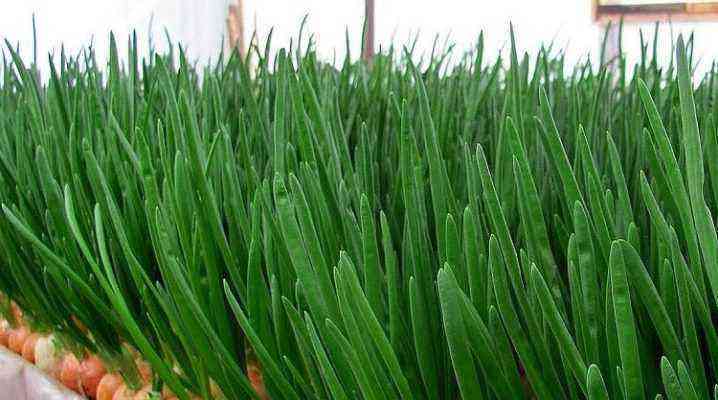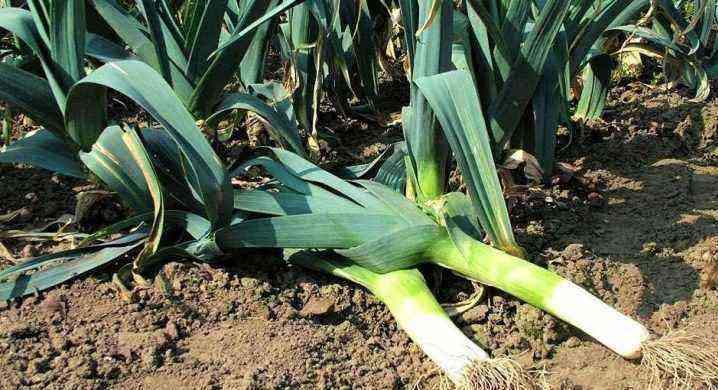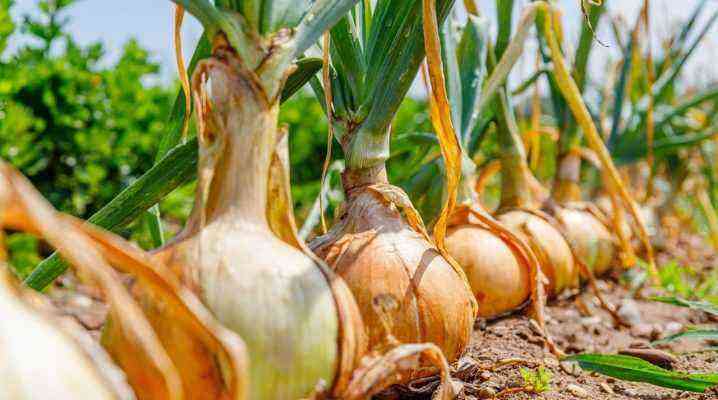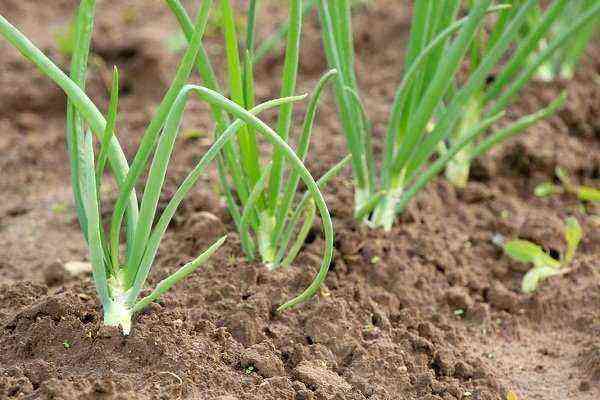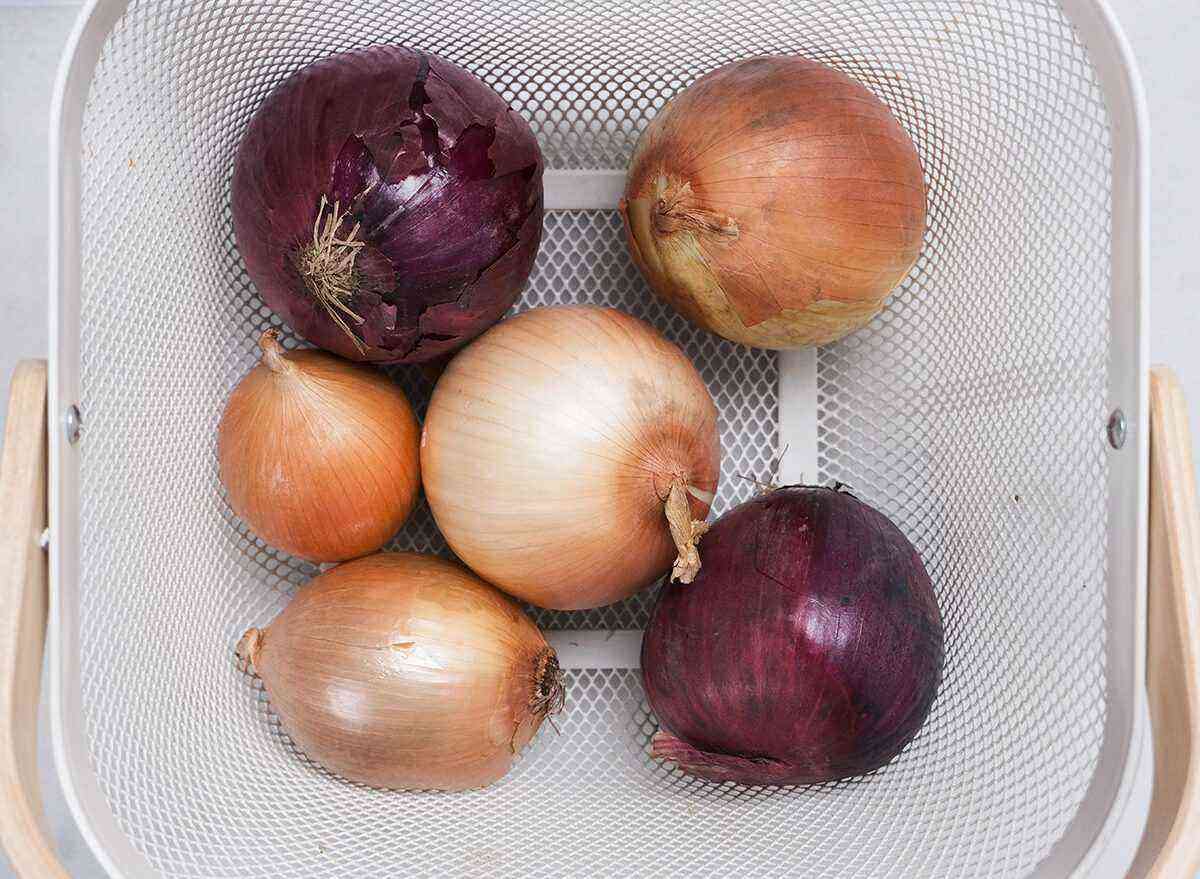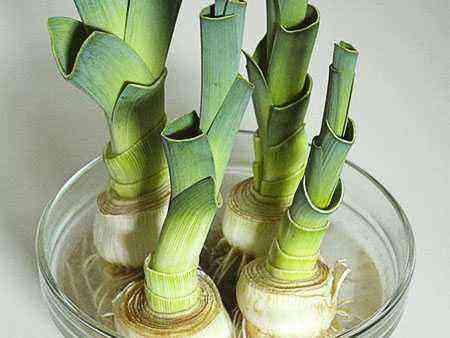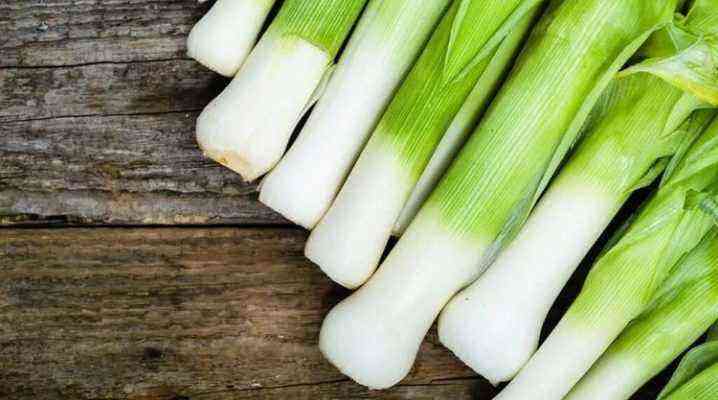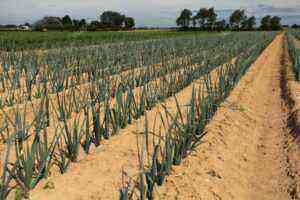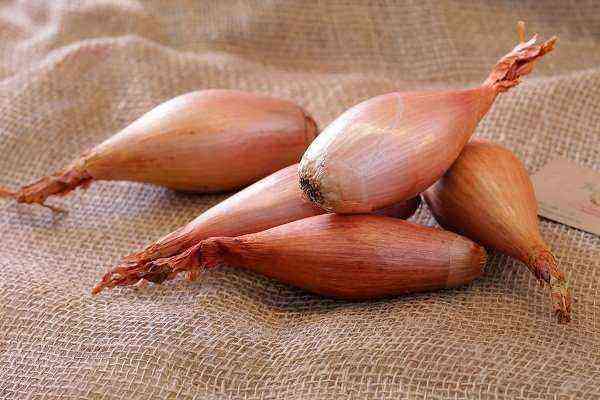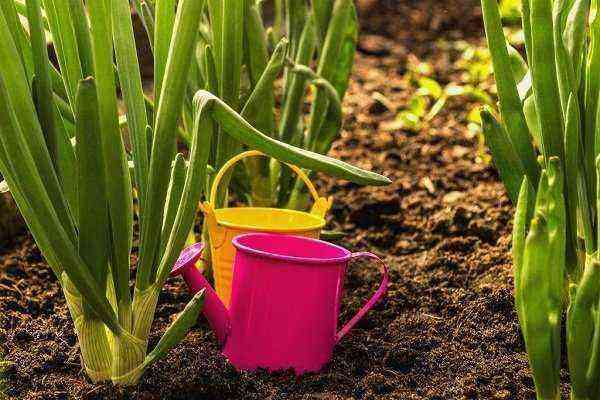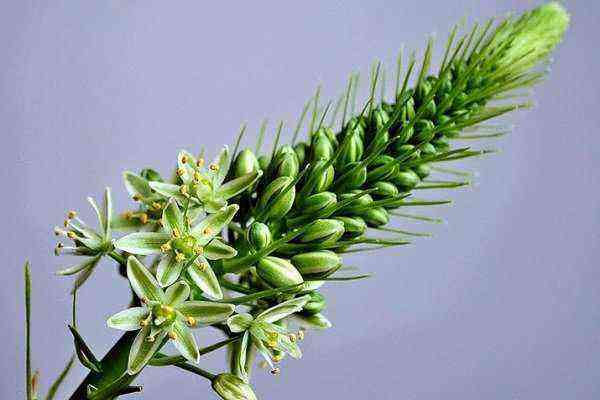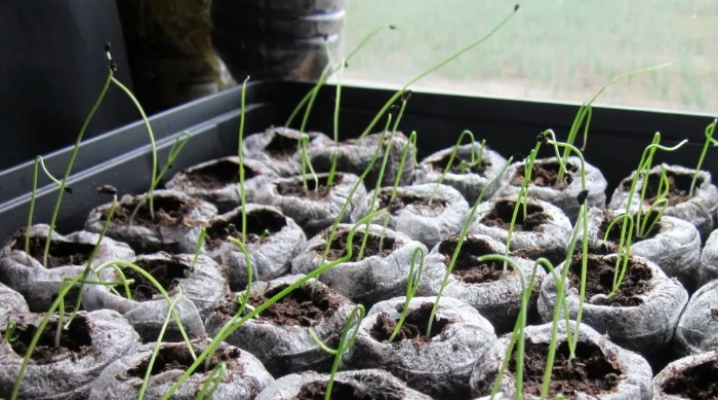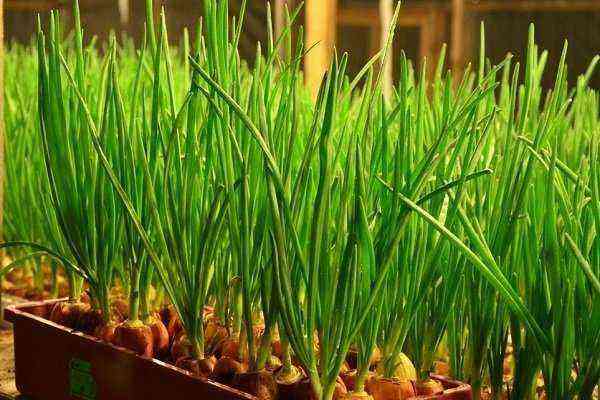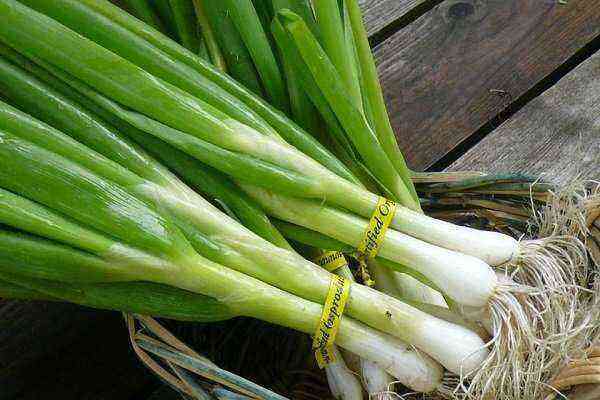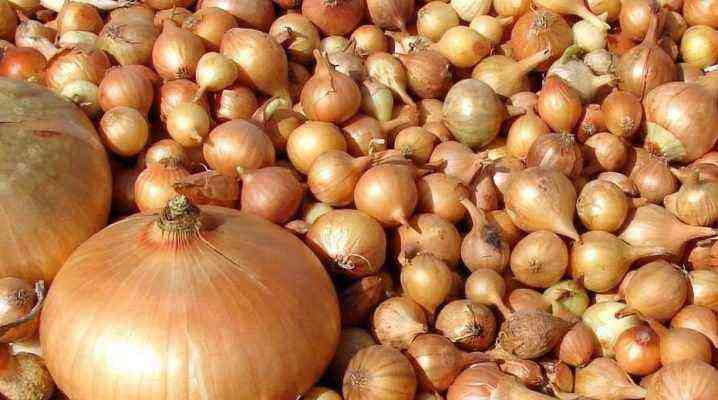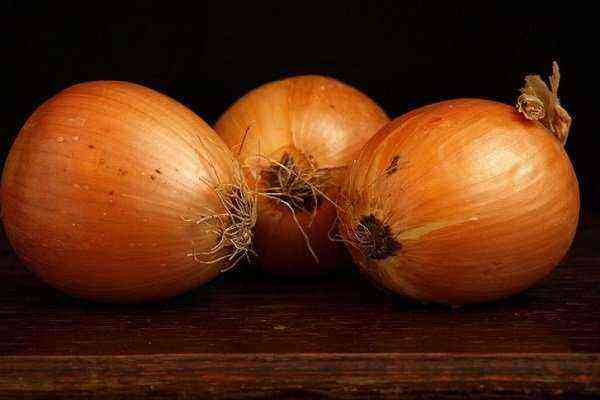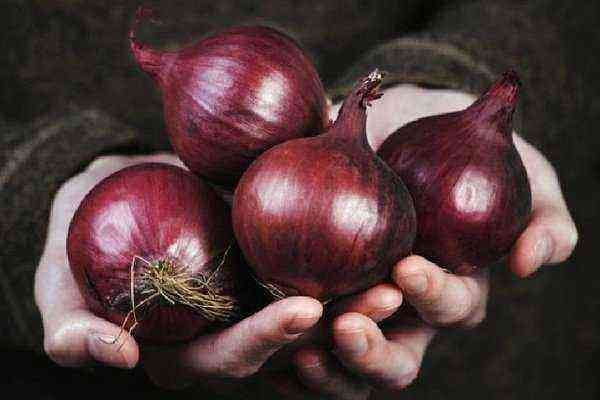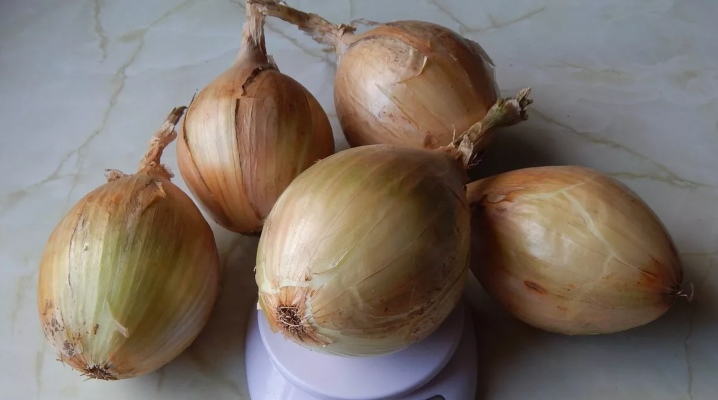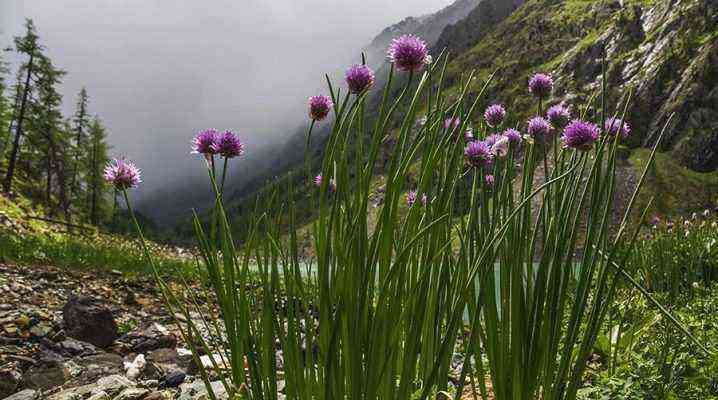In order to grow large, tasty and juicy bulbs on your site, in no case should you allow the flowering stage at which the onion begins to go into the arrow. This is fraught with damage to the bulbs and a complete loss of the crop. Every gardener should know how to prevent shooting and what to do if flower stalks have already formed on the onion.
Why is archery dangerous?
Shooting is the first phase of plant reproduction. The arrow that appears threatens to spoil ripe vegetables, since turnips begin to give all their strength to the development and formation of seeds.
In the process of vegetation (seed ripening), the fruits of the small bulb become small and are stored worse, all the nutrients from the bulb pass into the seeds. Turnips begin to deteriorate, gradually wrinkling, becoming dry and unfit for food.
Possible causes of archery shooting
Early bow shooting can be caused by the following reasons:
- Lack of moisture in the soil. In dry land, the bulb quickly enters the reproduction phase and almost immediately, without dissolving a bunch of greenery, gives arrows. The gardener needs to pay attention to sufficient watering of the plant.
- seed size. The larger the volume of onion sets, the higher the likelihood of getting early shooters in the beds. You need to carefully consider the choice of planting material. Bulbs should be small fraction, no more than 3 cm in diameter, slightly smaller than a walnut.
The bulb, suitable for planting, is hard, when squeezed with fingers, a crunch must be excluded. The health of the sevka will show its appearance: the reference material has a shiny and healthy husk, peeled skin indicates improper storage (it was subject to freezing or high humidity). - Improper storage of planting material in a room with high humidity (more than 80%), with a temperature above 28 degrees or below 0. The optimum storage temperature for onion sets is 0-20 degrees. Bulbs for planting should be stored in a dark and cool room, otherwise growth processes begin to develop under the husk. In such seed, after landing in the ground, the process of vernalization begins, the bow will certainly give an arrow. And vice versa – sevok stored in a dry room with optimal temperature indicators will not be able to germinate.
- Wrong variety of onion. The choice of onion variety is of great importance – this is reflected in the quality of ripe vegetables. Usually, a bow that has a golden color does not give shooters, but purple and red varieties are prone to shooting.
- Untimely or early harvesting of last year’s fruits may affect the incorrect development and the beginning of undesirable early vegetation of the bulbs planted after them. Onion sets harvested too late from the beds for subsequent planting in the ground begin to store nutrients and prepare for overwintering, as a result of which additional roots appear – this, in turn, will certainly lead to subsequent shooting.
What to do if the bow went to the arrow?
If you saw the first rudiments of arrows on the beds with onions, you must immediately remove the stem. Daily rounds of the beds with their inspection will reduce damage to the onions. You need to cut off the arrows after they reach a length of 20-30 cm.
You can only break the arrows with your hands. After cutting with a metal object, the onion can become seriously ill, which is associated with a long period of wound healing in the plant.
Through the crack formed after the stem was broken, water with carriers of various infections enters the small holes of the plant. Bacteria multiply rapidly wherever liquid is present. The broken point will heal faster if the onion is broken off not at the root, but from above, retreating 4-5 cm from the ground.
Plucked onion arrows can not be thrown away, but used in cooking: add to vegetable stew or French salad with vegetables, fry or prepare for the winter by cutting into rings, putting them in cellophane and sending them to the freezer.
Shooting Prevention
Before planting onion sets, experienced gardeners soak it in various solutions, which serves as a preventive measure against subsequent shooting:
- Saline solution. In 1 liter of water, dilute 1 tbsp. l. salt.
- Soda solution. In 1 liter of water, dilute 1 tbsp. l. Soda.
- A solution of potassium permanganate. Dissolve a small amount of potassium permanganate in water to a slightly pink hue.
Bulbs need to be soaked in the solution for 2-3 hours. Fruits should be planted only after they have dried.
Proper planting of onion sets, which will protect the plant from further shooting, involves:
- Warming up. Scatter the onions prepared for planting on clean white paper and leave in the sun or on the battery. This is especially true of sevka, previously stored in a cold room. If the planting material was bought from hands in April-May and it is not known under what conditions it was stored, it should be warmed up for 2 months.
- Hardening. Prepare two containers: one with water at a temperature of 45 degrees, the other with cold water. In the first container, the seeds are lowered for 15 minutes, in the second – loaded for 10 minutes. Then the seeds must be thoroughly dried and prepared for planting.
- Smoke treatment. Hang nets with onion sets over an extinct fire and leave them in this form for 15-20 minutes. In addition to preventing shooting, it is an excellent protection against fungal diseases and pests.
Good shoots without arrows gives another method of planting. Sevok should be laid out on a wooden board 30 days before it is planted in open ground.
To prevent the bow from giving arrows, it is advisable to plant it in the winter (while choosing proven frost-resistant varieties). However, this can be done in regions with moderate winters without severe frosts. If the planting was carried out in the ground not heated by the sun’s rays, the onion may not germinate.
In the spring, you need to wait for warm days, which usually begin on May 5th. It is desirable to carry out the first watering with nettle infusion (in an enameled container, insist on nettle water for 2 weeks). Onions cannot be planted in clay soil, otherwise it will not germinate, sand and peat will help to cope with this problem. Dolomite flour must be added to the soil of increased acidity. Fresh manure before planting the bulbs should not be brought into the ground.
Why the bow shoots and what to do about it is described in this video:
Non-shooting onion varieties
To date, there are many varieties of onions that do not give arrows. By giving them preference, the gardener will save himself from the worries of preventing and eliminating this problem:
- Troy. Early variety. At harvest, it produces a round onion with a golden husk. The taste is moderately spicy. Planted in spring and winter, shelf life – 4 months.
- Yellow senshui. The result of Japanese researchers in the field of breeding. Seeds should be planted in winter. The fruit is flat, has a sharp taste, bright yellow color. In addition to shooting, it is highly resistant to the development of powdery mildew.
- Radar. Dutch variety of onion. Landing is desirable to carry out in the winter season. The shape of the fruit is flat, round. The taste is very sharp, the color is yellowish, the bulbs are large (up to 300 grams).
- Rostov. It sings earlier than ordinary onions, the bulbs come out weighing 50 ̶60 grams, have a golden color of the husk. The amount of pen is large.
- Mayachkovsky. The taste is medium sharp, the fruit weighs 120 grams, the skin color is dark brown. The variety produces round-flat fruits.
- Centurion. Sor is bred in the Netherlands, it is considered one of the best options among all artificially bred fruits. The culture can be grown in hot and cold climates, the bulbs have a small volume.
- Stuttgart Riesen. The variety was bred by German scientists. The weight of the fetus is 130-150 grams. A rich harvest is obtained by planting seeds in acidic soil. Bulbs contain a lot of juice, unpretentious in the process of growing.
- Shalot. An early ripening onion variety, a feature of which is a turnip divided into slices. Gives tender juicy greens with sharp aftertaste. The length of the feathers is up to 25 cm.
If a gardener wants to get a rich and high-quality onion crop, he must go around the beds every day and monitor the correct formation of the vegetable, regulate the growth of the plant, excluding the early phase of the growing season. The process of preparing onion sets before planting is also important – already at this stage it is possible to prevent the plant from shooting.
